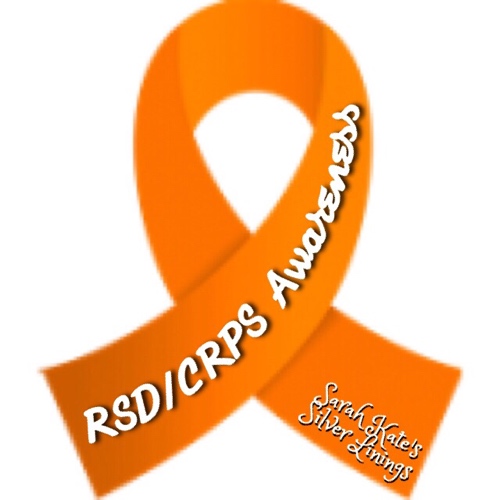
Reflex Sympathetic Dystrophy (RSD), also called Complex Regional Pain Syndrome (CRPS), is a systemic chronic pain condition. It is often triggered by a simple injury, such as an ankle sprain, but instead of pain that lessens with time, the nervous system malfunctions, misfiring pain signals in a persistent cycle. The patient experiences intensifying pain that is very out of proportion to the initial injury. RSD can also be triggered by an infection or some other form of stress. RSD has gained a reputation the most painful condition based on the McGill Pain Scale, with a score even higher than experiences such as amputation, child birth, and cancer pain.
Typically RSD begins in an extremity, but it often spreads, sometimes leaving the patient in whole-body pain. In recent years RSD has become more widely reported to affect internal organs as well. In addition to constant intense pain, symptoms may include but aren’t limited to swelling, extreme sensitivity to touch, skin changes in temperature and color, changes in hair growth, softening and thinning of bone, dystonia, muscle spasms, restricted and painful movement.
Unfortunately it is common for a patient to suffer for a long time before receiving an accurate diagnosis of RSD. There is no specific confirmative test for RSD, so often times clinical observations serve as the main diagnostic tool. However, there are some tests that can lend validity to a diagnosis. Certain findings attained via bone scans, thermography, Electromyography (EMG), and Nerve Conduction Study (NCS) can be indicative of RSD.
There are various treatment options for patients with RSD:
• Some types of nerve blocks and epidurals can be offered as early intervention.
• Another common initial attempt at treatment involves tricyclic antidepressants, corticosteroids, and/or opioids. But medications are not always successful in abating the symptoms, and they can cause severe side effects. Additionally sometimes opioids can cause RSD pain to become even more intense.
• Of special note, Low Dose Naltrexone is proving to be one of the more beneficial medications in the management of RSD.
• Hyperbaric oxygen therapy (HBOT) is a very low risk option that can provide relief for some patients.
• Sometimes very intense physical therapy programs can help the person learn to function normally despite the pain, which in turn can help lessen or even eliminate the pain over time.
• An effective intervention for some patients is the surgical implantation of a spinal cord stimulator.
• An intrathecal pump can be implanted to consistently deliver pain medications, muscle relaxants, and other medications directly into the cerebral spinal fluid.
• A rising trend in the treatment of RSD is the utilization of ketamine, a dissociative anesthetic. Ketamine infusions have grown to be one of the most effective treatments available. Therapy can entail admission into the hospital for ketamine infusions given over about a week’s time. Even more common is the use of this therapy on an outpatient basis. Patients are finding great relief with these methods. A small percentage of sufferers have participated in experimental studies in either Mexico or Germany, being put into a ketamine-induced coma for days at a time. This is a very risky procedure, but it has provided incredible, life-changing results for some patients. Ketamine comas are no longer being performed at this time.
You can find links to more information about RSD on my “resources” page.






